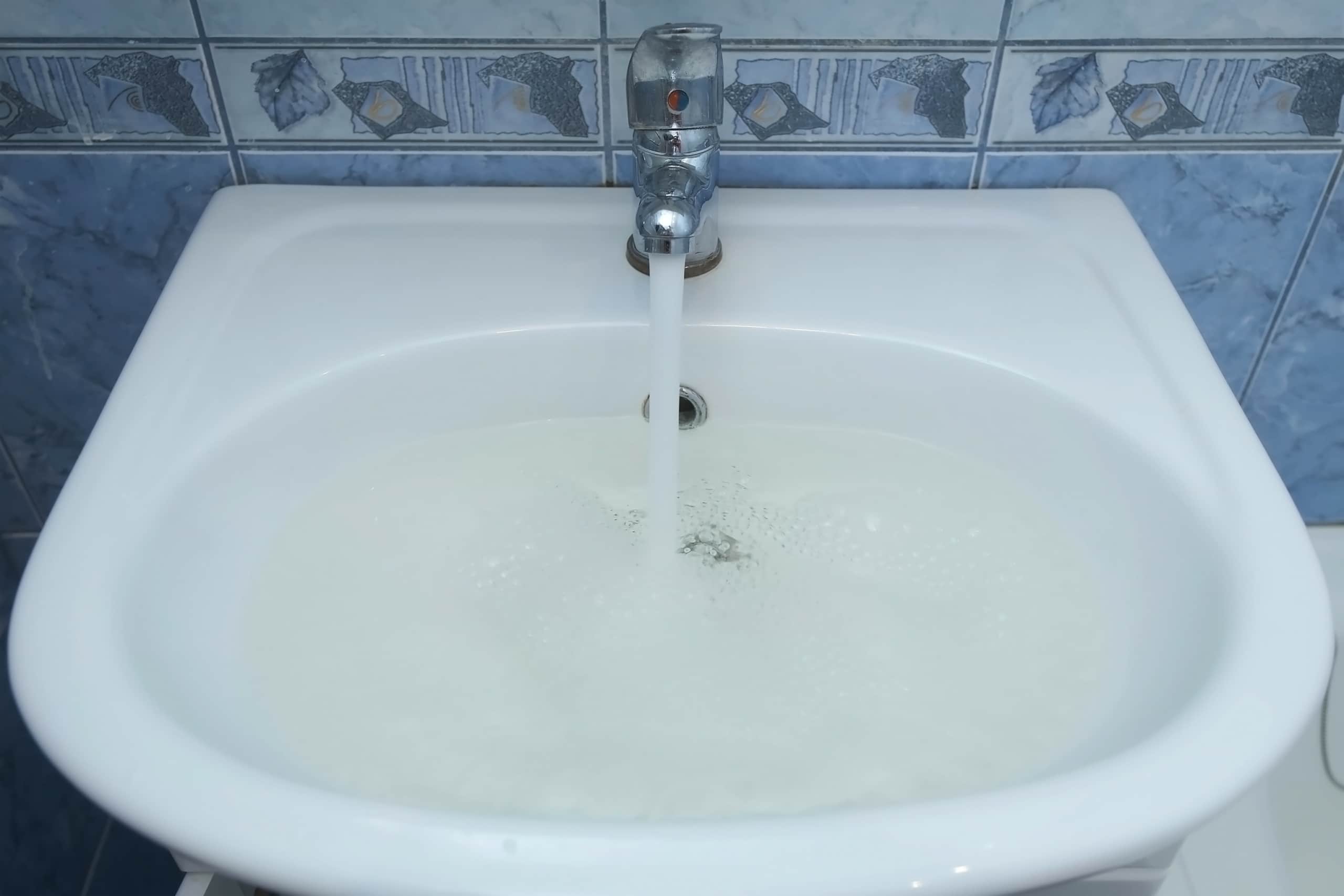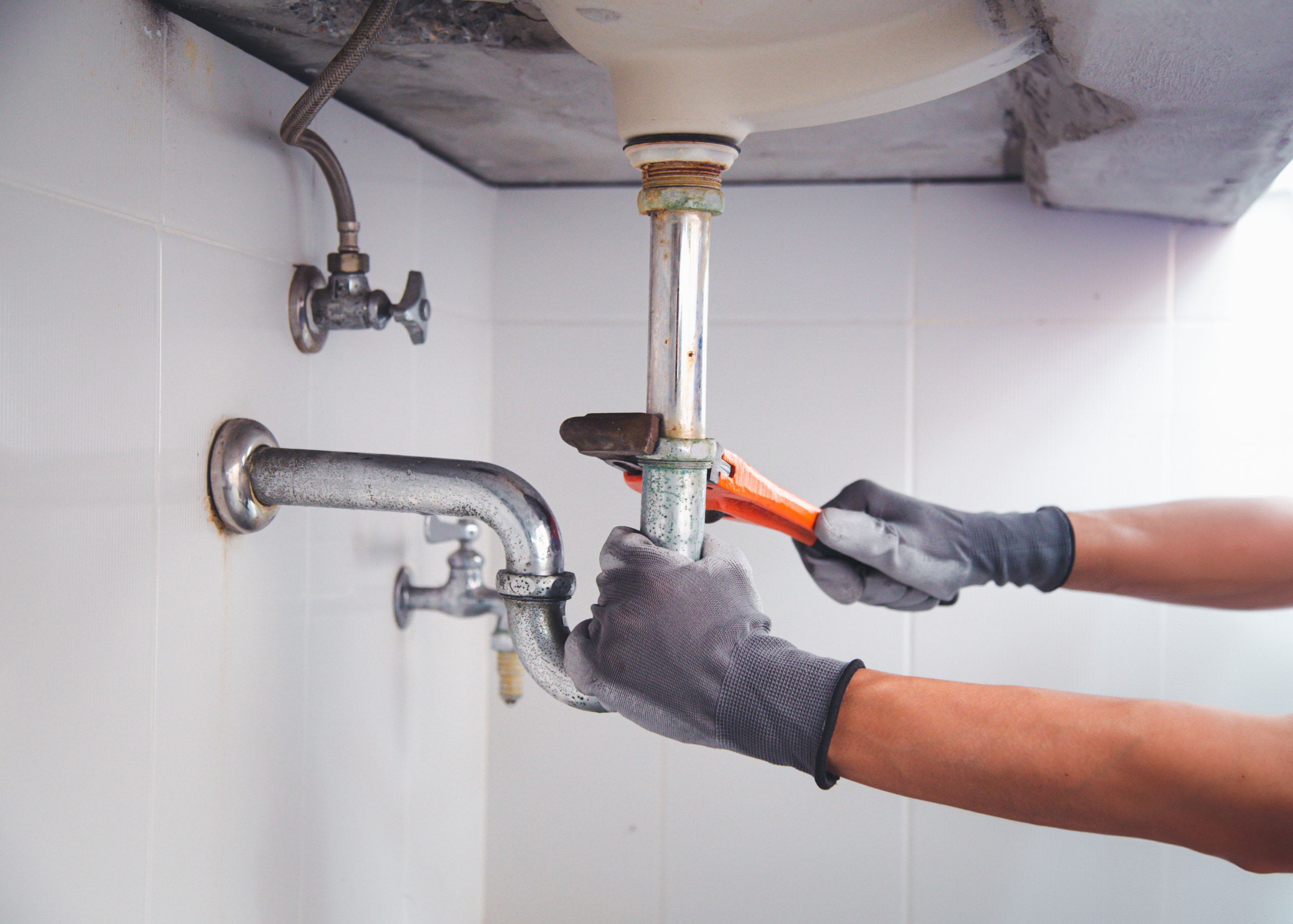A drain clog can do more damage than you may think. Don’t let it fester. Try easy DIY solutions like boiling water, baking soda and vinegar, or a drain snake. If these methods still don’t do the trick, you may have a clog further down the line than you can reach or a larger issue at hand. In that case, it’s time to call a pro with specialized tools for the tough clogs!
Table of Contents
- Tackling the Annoying Issue of Drain Clogs
- Identifying The Problem: Signs and Types Of Drain Clogs
- DIY Solutions: How to Unclog Drains Naturally
- When to Call a Professional to Unclog a Drain
- How To Prevent Clogged Drains
- Helpful Resources
Tackling the Annoying Issue of Drain Clogs
Drain clogs are a pervasive issue in many households, causing inconvenience and frustration. Whether it’s a slow-draining sink in the kitchen, a backed-up shower, or a stubborn toilet blockage, clogged drains disrupt our daily routines and often catch us off guard. However, it’s a problem that can’t be ignored, and dealing with it effectively is essential for maintaining a smoothly running home.
In this guide, we will empower you with the knowledge and skills to tackle drain clogs head-on. We’ll explore the causes, signs, and solutions to this all-too-familiar household dilemma so you can wave goodbye to sluggish drains and embrace a smoothly flowing lifestyle. Whether you’re ready to roll up your sleeves for DIY magic or seek expert assistance, we’ve got you covered. Say farewell to drain clogs; it’s time to regain control.
Identifying The Problem: Signs and Types Of Drain Clogs
The first step in unclogging drains is to identify the problem. Is your water draining slowly in a sink, shower, or tub? Does your toilet make gurgling sounds when flushing or filling back up? Do you have water or waste backing up in your basement? Is a foul odor emanating from your sink, tub, toilet, or basement drain? These are signs of a clog. It is not going to go away on its own and is not something that you want to let fall to the end of your to-do list. Clogged drains can lead to water damage and expensive repairs, whereas addressing the problem right away could save you time, money, stress, and property damage.
DIY Solutions: How to Unclog Drains Naturally
Before beginning any DIY household project, put your safety first. Grab gloves and safety goggles, even a mask, to protect your eyes, skin, nose, and mouth from the mess and smells you will encounter. One of the easiest and best home unclogging drain solutions you can create requires three things: hot/boiling water, baking soda, and vinegar.

When it comes to bathroom clogs, hair and soap scum are common culprits. They can clog up pretty easily and leave you wondering how to unclog shower drain or how to unclog bathtub drain issues on your own instead of calling for help once a quarter. Here’s how to unclog a drain with the three most common household items.
- Boil some water and pour it down the drain in question.
- Create a solution of 1 cup of water and 1 cup of vinegar.
- Pour one cup of baking soda and the solution you just made down the drain.
- Cover the drain and let it sit for about 10 minutes.
- Grab more boiling water and pour it down the drain.
You will see a fizzing reaction from the baking soda and vinegar-water solution that will remind you of grade school science projects. That means it is doing its job: unclogging the drain. Scientifically speaking, the baking soda-water-vinegar solution you created in the drainpipe, plus the pressure added by the hot water and gravity, helps loosen and remove the clog.
A similar option is to pour ½ cup of baking soda, ½ cup of vinegar, and lemon juice, then boiling water. Let that sit for a few hours, and check to see if the clog has cleared and your drain smells better!
Lastly, ½ cup of salt and ½ cup of baking soda sitting for 15 minutes or so, then pour boiling water down to clear the clog.
Note: Pouring boiling hot water down PVC drainpipes is not advised as it could damage them. However, this process can be useful as a natural unclog drain solution for:
- Unclog shower drain
- Unclog sink drain
- Unclog tub drain
- Unclog a drain
Of course, if none of these natural DIY methods work to unclog drain issues, then it is best to call a plumber. You may have a deeper clog or a bigger issue than what you can see with household tools.
How To Unclog Bathroom Sink Drains
There are a couple of ways to unclog bathroom sink drains that are simple and effective – if the clog is reachable.
You may have used a plunger on a clogged toilet in your lifetime, but have you ever used one for a clogged sink? Cover the overflow hole with a rag, then plunge your sink just like a toilet. This pressure will dislodge the clog and keep it from shooting out that overflow hole.
A slightly more involved method would be to clean the P-trap under the sinks. First, shut off the water. Grab gloves and a bowl. Set the bowel under the P-trap to catch water, clogs, or other debris in your sink drain. Detach it, clear the clog with your hands or a drain snake for what you can reach, and reattach the P-trap.
This same process with the addition of a wet-dry vacuum on the wet setting is worth a try to unclog bathroom sink drain clogs.
Unclog Kitchen Sink Drain
Kitchen drains are most often clogged by grease or oil and food[1]. Given that these are some of the toughest clogs to remove, it’s no wonder there have been methods created to address this kind of household clog specifically.
A great trick to address tough grease clogs and unclog the kitchen sink drain is to pour some dish soap down the drain. Let it sit for a few minutes, then follow it with boiling water. Repeat as needed, but if the clog doesn’t budge, it probably isn’t a grease clog but something else altogether.
You can also buy a drain snake and try your hand at that. Put it in the drain, turn the handle until you meet resistance, and continue through the clog. Then, turn in the opposite direction to retract the snake and remove the clog. Run water to flush any remnants of the clog.
When to Call a Professional to Unclog a Drain

You have done all of the troubleshooting and DIY techniques above, but you still have all the telltale signs of a clog. Home remedies can’t fix every clog, and that’s when it is time to call in the reinforcements!
There are plenty of occasions where a stubborn clog won’t budge with these natural unclogging solutions or can’t be reached without specialized tools. The professionals will provide video camera inspections that allow you to pinpoint the location of the clog and inform the next steps. This is just one drain solution that will help us find the source of the issue, present your options, and let you decide the best solution for your home or business.
How To Prevent Clogged Drains
You just went through the whole ordeal of unclogging bathtub drain problems or some other drain unclog project. Now, you want to make sure you don’t have a repeat issue on your hands a month or two down the road. Like any other household system, routine cleaning can help maintain your drainpipes and prevent problems like clogs. Some added benefits include eliminating foul odors, extending your drains’ lifespan, and improving the health of your home and family.
Simple things you can do that accomplish this goal include:
- Never pour oil, grease, or harsh chemicals down the drain
- Avoid putting coffee grounds, potato peels, eggshells, or fibrous veggies down the drain
- Do not flush “flushable wipes”
- Cleaning greasy pans before washing them[2]
- Using drain screens to catch hair, soap, and food from going down drains they shouldn’t or collecting and creating a clog.
Lastly, one of the best ways to prevent clogs and improve the health (and smell) of your home is to use the home remedies listed above like boiling water, baking soda, vinegar, and lemon juice once a month as a preventative maintenance measure. You will enjoy much less time spent searching “how to unclog a shower drain,” treating clogs and avoiding messes and property damage, so you can spend more time doing the things you love.



